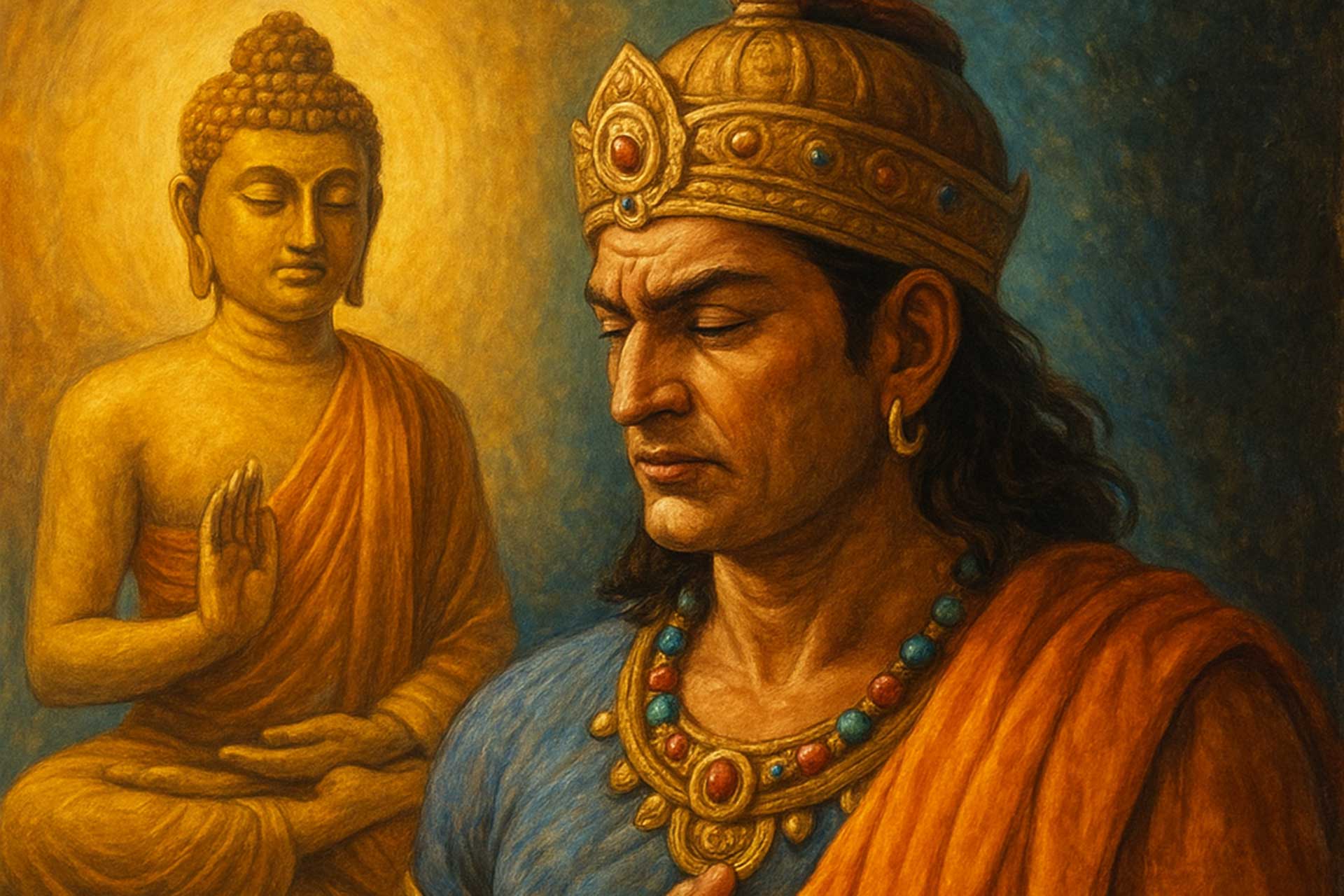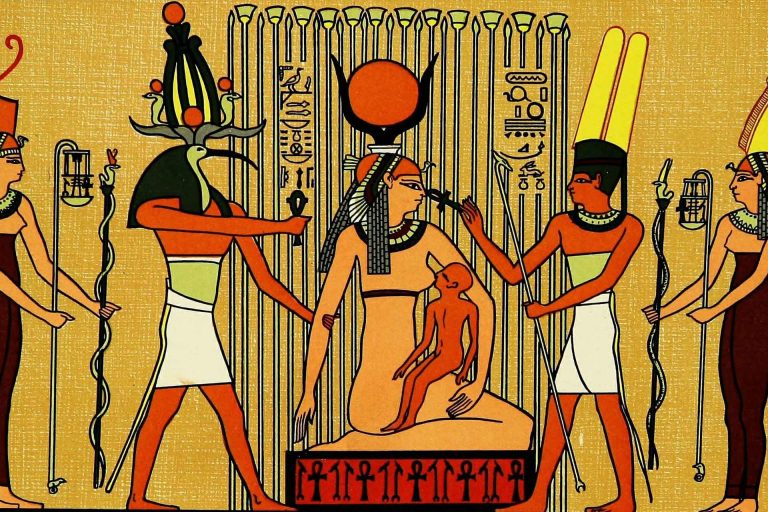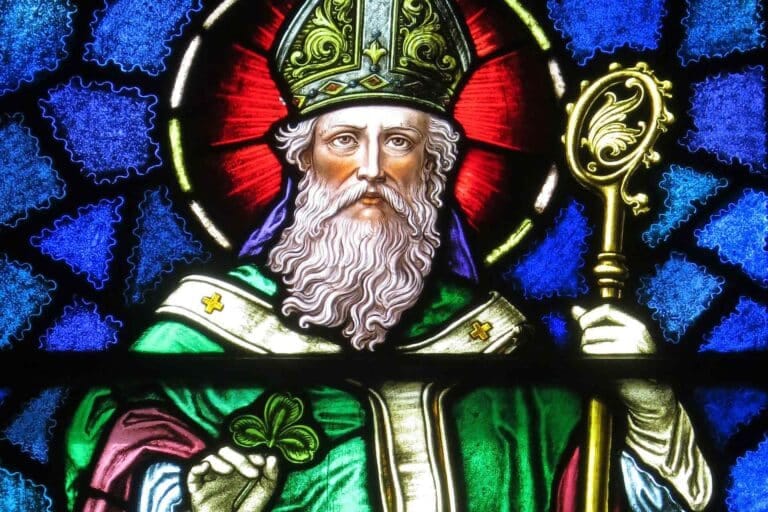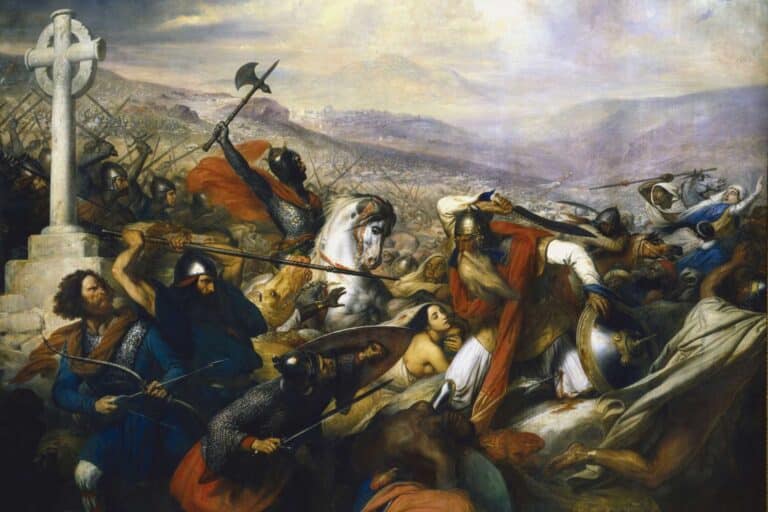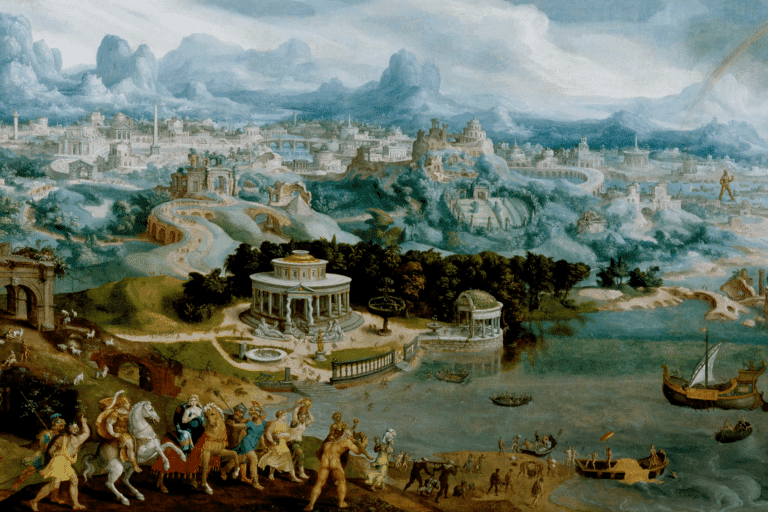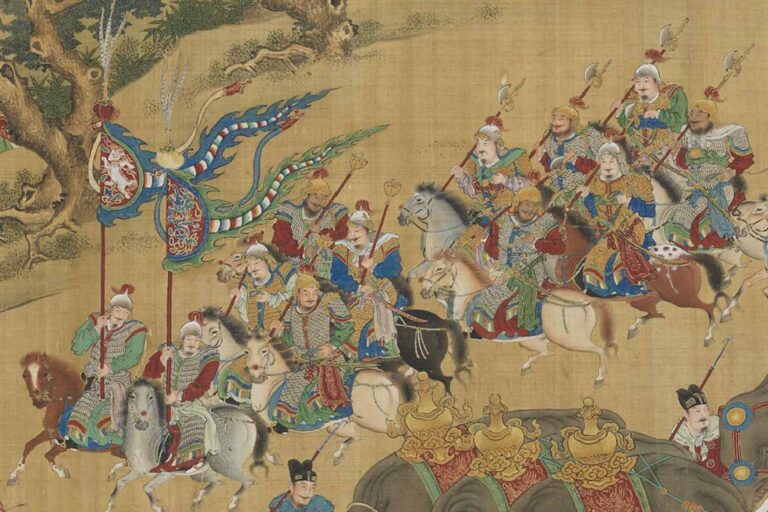Ashoka the Great and the Turning Point Toward Buddhism
Ashoka the Great is an unparalleled monarch in Indian history. His conquests had unified much of the Indian subcontinent and he is credited as one of India’s greatest emperors. He is particularly known for spreading Buddhism and championing the ideas of Dhamma (law) over realpolitik. Ancient legends describe Ashoka as Chandashoka (the dark or cruel Ashoka) the bloodthirsty conqueror as well as Dharmashoka (the righteous Ashoka) the protector of Dhamma who gave up violence. Ashoka is described as having had a spiritual awakening after seeing the carnage in Kalinga (modern day Odisha) and is depicted as having converted to Buddhism and embraced nonviolence.
Ashoka’s Conversion, however, is not as simple as it is described. While Ashoka continued to uphold Buddhist moral values and nonviolence after Kalinga, several sources, like the Ashokavadana, allege that his reign still involved cruelty and violence, such as the execution of monks and persecutions of other sects, as well as his violence after his conversion to Buddhism.
Road to Power and Cruelty
Ashoka’s early life was not a particularly tranquil one. The early sources describe Ashoka as an ambitious prince. He was willing to trample over anyone who came in his way to the top of the Mauryan Empire. The Sri Lankan chronicle Mahavamsa even says that Ashoka killed many of his brothers in the struggle for succession. He was left with only one brother alive when he became emperor. Even if the story is exaggerated, it does show how the general memory of the emperor’s rise to the throne was of a very determined prince who was not to be trifled with, not even by his own family.

The stories about his early life also reveal the cruelty of his rule. The Sanskrit-language work Ashokavadana characterizes Ashoka as being “Chandashoka”, or Ashoka the Fierce. The story of Ashoka killing 500 ministers portrays him as a vengeful king. In another story from the same text, Ashoka burnt hundreds of his concubines alive because they jokingly insulted him. Even the Buddhist tradition of Ashoka also has a gruesome story about a prison that the emperor had built early in his reign.
This prison, referred to as “Ashoka’s hell”, was said to have been made to look pleasant on the outside. The inside, however, was quite different, with rooms that were designed for torture and execution. The jailer of the prison was named Girika in the story. He was in charge of carrying out the emperor’s wishes in a gruesomely efficient fashion. Of course, the historian Lars Fogelin cautions that all such stories should be taken with a grain of salt. But Ashoka’s reputation for cruelty during the early phase of his reign is not in doubt.
One reason the later Buddhist authors needed to portray Ashoka as cruel in the pre-conversion phase was, of course, to highlight the miraculous and complete nature of the conversion. But even after accounting for some exaggeration, one cannot help but notice the sheer ubiquity of the stories about Ashoka’s cruelty across the traditions. As a result, the image of Ashoka as a harsh ruler during his early years was very well known. The image of Ashoka, the conqueror, was that of a stern, ambitious, and harsh ruler who demanded and commanded respect and even fear from his subordinates.
In the years that led up to the Kalinga War, Ashoka had built a reputation as a ruthless and domineering ruler. He was not an ordinary ruler; he was a monarch whom everyone took notice of. But they took notice of him for all the right reasons but not for the reasons he would later come to be associated with. In the years before the Kalinga War, Ashoka’s reputation was not one of religious piety. Instead, it was one of domination and cruel discipline. It is within this image that he went to war in Kalinga and within which the story of his transformative moment, which was to come after this war, has to be understood.
The Kalinga War: Ashoka’s Transformation
The Kalinga War was one of the bloodiest military conflicts in history. This war was waged by the Mauryan Empire and the small east-coast Indian state of Kalinga in the 8th regnal year of Ashoka (c. 260 BCE). The war is memorable not so much because it brought Ashoka a new province but because it was a shock and turning point for the emperor. The decision to subdue Kalinga was probably not at all based on the state’s size but on the trade and commerce importance of this region.
The cruelty of the conflict turned Ashoka’s mind upside down. Historical sources say about 100,000 dead, about 150,000 deported, and many more died from the war-induced famine.
Ashoka never minced words. The emperor left edicts inscribed on the rocks and pillars in the land he ruled as a government propaganda and public persuasion tool. This time, however, he did not boast of his military might and final victory over Kalinga. In the Major Rock Edict XIII, the Emperor was “deeply pained and distressed” that such a victory led to the death of hundreds of thousands of humans. He was “painful to think of the killings, deaths, and removal of living beings” in the areas he had attacked, as well as “painful to see and hear the pitiful cries of the creatures that had been carried away in large numbers.”
Ashoka also wrote a note “to non-Buddhists, including Brahmins and other religious sects”, about the war’s consequences. His words about the “prisoners of war”, and “the deaths and calamities” were an example of the first public apology for a royal military victory, violating the previous royal edicts.

The Kalinga War’s bloody aftermath was a revelation to the emperor who never again measured a monarch’s greatness by his military power. The ruler then started to use the word “dhamma-vijaya” which can be translated as “conquest by righteousness.” This act involved not only nonviolence but tolerance, compassion, and spreading Dhamma, which means the law of piety. While Ashoka did not end his territorial expansionist (his empire stretched as far as the present-day Afghanistan and Pakistan), he did change his priorities. Now, the emperor himself devoted to governing based on people’s and animals’ welfare.
The ruler was fascinated by Buddhism and its ideas of renouncing and nonviolence. Edicts of Ashoka influenced by Dhamma’s teachings have been found all over South Asia. He began to support Buddhist sangha (community), built stupas, and sent missions to spread Buddhism on the Asian continent. The Kalinga war was the point when Ashoka started to “devote himself to the service of religion (dhamma) and moral practice”, his own words from the Pillar Edict VII. By his own example, Ashoka changed an entire nation and its future.
Ashoka’s Conversion to Buddhism
He is not said to have converted to Buddhism immediately; it is written in the edicts that “gradually I approached the Dhamma and the Sangha more and more.” In his own words, “in the Dhamma, I had gradually become more and more devoted.” He became an upasaka (lay Buddhist) and was increasingly attracted to the sangha over time. In a minor rock edict, Ashoka states, in the 13th year of his reign, that he had been a follower for over two years, but he had not begun to practice a year previously. His conversion to Buddhism evolved over time as he strove to become a better, more moral, ruler.
Ashoka gradually became a great benefactor of the Buddhist community. The chronicles record his order for stupas and monasteries to be built throughout his domain, and in some traditions, he is said to have either built or patronized as many as 84,000 such sites. He is said to have sponsored a Third Buddhist Council at Pataliputra, presided over by the monk Moggaliputta Tissa, to reaffirm the original teachings and rid the order of the false monks who had joined it in order to receive royal patronage. It is also around this time that Ashoka begins to refer to himself as a protector and promoter of the sangha.
Ashoka also sent missionaries throughout the region in order to spread the faith to the countries that had come into contact with his empire. The Mahavamsa gives an account of his son, Mahinda, who was sent to Sri Lanka and converted the king, Devanampiya Tissa, who went on to found Buddhism on the island, a vital part of Sri Lankan history. He was followed by his daughter Sanghamitta, who took a sapling of the Bodhi Tree to Sri Lanka, where it holds an important place in their history to this day. It is also said that his missionaries were sent as far away as Kashmir in the Himalayas, Gandhara, and as far west as the Greek kingdoms.

The ruler came to view Dhamma as the all-conquering belief. In his Dhamma, he did not impose Buddhism as a state religion but instead called for all to practice compassion, nonviolence, kindness towards the poor, and tolerance towards all faiths. He had trees planted along roads, wells dug, and hospitals for the care of people and animals. This was how he put the practice of Dhamma in place as the standard moral and ethical code for people to follow and more than just a religion.
The edicts are his most lasting legacy. He had them inscribed on rocks and pillars throughout the kingdom, in the local languages and scripts. His Dhamma was a revolutionary form of government in that the communication was far more didactic and spiritual in tone and content compared to the usual orders and conquests found in royal edicts of the time.
His language and approach to leadership was unique with his emphasis on peace and piety, moral responsibility, and the duty of the ruler to their subjects, as well as, to a lesser extent, on conquest. His rule and public conversion to Buddhism were to have a lasting effect on cultural and religious history in Asia.

Ashoka’s the Greats Impact and Enduring Symbolism
Ashoka’s conversion transformed the idea of kingship in South Asia. Rulers like his predecessors used to extol war and martial glory, and military might was an overt display of power. Ashoka, in contrast, enthroned ethics and the moral responsibilities of those in power. He promoted the Dhamma as a way of checking the might of political power and counseled kings to look after their people instead of taking advantage of them.
Despite the mixed messages of his records and actions (violence is credited to him even after his conversion), he was a transformative figure who reimagined power as a moral ideal. He is also one of the few emperors who were remembered as benign as well as a belligerent, for their moral vision as well as military might.
His legacy helped spread Buddhism in Asia. The patronage of monks and missionaries, as well as institutions associated with the Sangha (the Buddhist community), helped Buddhism move well outside India’s borders into Sri Lanka, Central Asia, and onward to Southeast Asia. Histories like the Mahavamsa were even written to explicitly laud this role in the spread of Buddhism as a world monarch with a vision that transcended the subcontinent. In short, his legacy is also tied inextricably to Buddhism’s global spread. It is hard to imagine the religion spreading any farther on its own, let alone remaining one of the world’s great religions, without his support.

His legacy also is reflected in the symbols that India has adopted as its own national identity to this day. The Lion Capital of Ashoka at Sarnath, originally erected to commemorate his inscriptions at numerous sites, has since become the national emblem of the Republic of India. The Ashoka Chakra, the wheel of dharma and progress, has become the central motif on the Indian national flag. In this way, India and Indians have claimed Ashoka’s legacy for their own, and their symbols of modernity are also his symbols, almost two millennia after his death.
Ashoka, finally, represents not just empire and religion, but also the transformation of an individual. He showed how a mass murderer could become a man of conscience, how one could embrace moral concern and move past conquest. Chandashoka and Dharmashoka were two sides of him, as human beings all have two sides, and his development and journey have become metaphors for the struggles between ambition and benevolence. In many ways, his life continued to develop and change even after his death.
Ashoka was almost lost to history after a few centuries. The languages of his inscriptions became undecipherable with time, and these inscriptions themselves were buried mainly under centuries of silt and sediment. The rediscovery of the inscriptions and the knowledge of them in the nineteenth century rehabilitated him as one of the most significant and impactful rulers in history. His life, his legacy, and his story is a reminder that a powerful ruler can still be a compassionate ruler. The ones who conquer are often those who last the longest in the pages of history. But it is also a reminder that mere ideals, however inconsistently applied, can also shape the course of human history.
Violence After Conversion: A Complicated Legacy
Ashokavadana is another Buddhist Sanskrit work that provides other evidence of his behavior after his conversion to Dhamma. Buddhist legends about Ashoka, which spread long after his death, muddle the image of the ideal dhammic king and reveal that violence was not entirely alien to his relationship with his rivals and enemies.
The most macabre story about Ashoka’s violence against heretics is the extermination of 18,000 Ajivika followers. Buddhist tradition claims that a young Ajivika tried to frighten his Buddhist friend, and Ashoka had him and the entire sect executed in the city of Pundravardhana. This is a remarkable story that speaks volumes about the willingness of a Buddhist king to punish large numbers of people for the misbehavior of one individual. He likely gave the order because the Ajivikas could endanger his reputation. Still, it also paints him as an authoritarian ruler who did not take responsibility for the deaths of thousands of people.

The Ashokavadana also contains several examples of violence against Jains. Ashoka had placed a bounty on the heads of heretics who could now be killed with impunity. The text also mentions the beheading of a brother named Vitashoka, for having been mistaken for a Jain saint. In another anecdote, 18,000 heretics with their families are burned alive. The inter-sectarian competition was clearly alive and well in the Mauryan Empire, and with the support of the emperor, it could have led to fatal violence.
Ashoka is also reported to have a special prison where torture and cruel punishments were the order of the day. Legends of this prison have given the region the name “Ashoka’s Hell” which is well-known in India today. This practice in itself was inhumane, but in the context of Ashoka’s reign, it shows that his old reputation for cruelty could not be so easily erased, even after his conversion to Buddhism. It also suggests that his later leadership was driven by fear of causing instability, even though the emperor himself did not want to use violence.
On the other hand, many modern historians tend to interpret Ashoka’s representation in these stories as a reflection of sectarian prejudice. To them, they were either a way of highlighting the miracle of his conversion or a dark backdrop that would help make this transformation stand out more starkly. There is a notable lack of similar stories in Jain texts, which undermines the evidence of their historical credibility. However, these legends have survived to this day and show a complex legacy of an emperor who, after all, was the product of a violent past.
Conclusion: Conscience and Kingship
Ashoka’s life story is full of the great paradox. The Kalinga War and its bloody consequences opened the way for his spiritual revolution, adoption of Dhamma, and Buddhism. Still, several anecdotes, and stories of persecutions, punishments, and burning alive of opponents, which remain a part of his life narrative remind us he was no savior and far from saint. Ashoka’s life showed that the journey from cruelty to compassion is not a linear one, even for an emperor.
Nonetheless, eventually, his life and example became one of the most astonishing transformations in history. His edicts, policies, and patronage have become a shining beacon of values promoting nonviolence and moral responsibility for one’s actions that was broadcast across the Asian continent. Two thousand years later, his life remains a story that leave us with hope that sometimes emperors may have a conscience.

